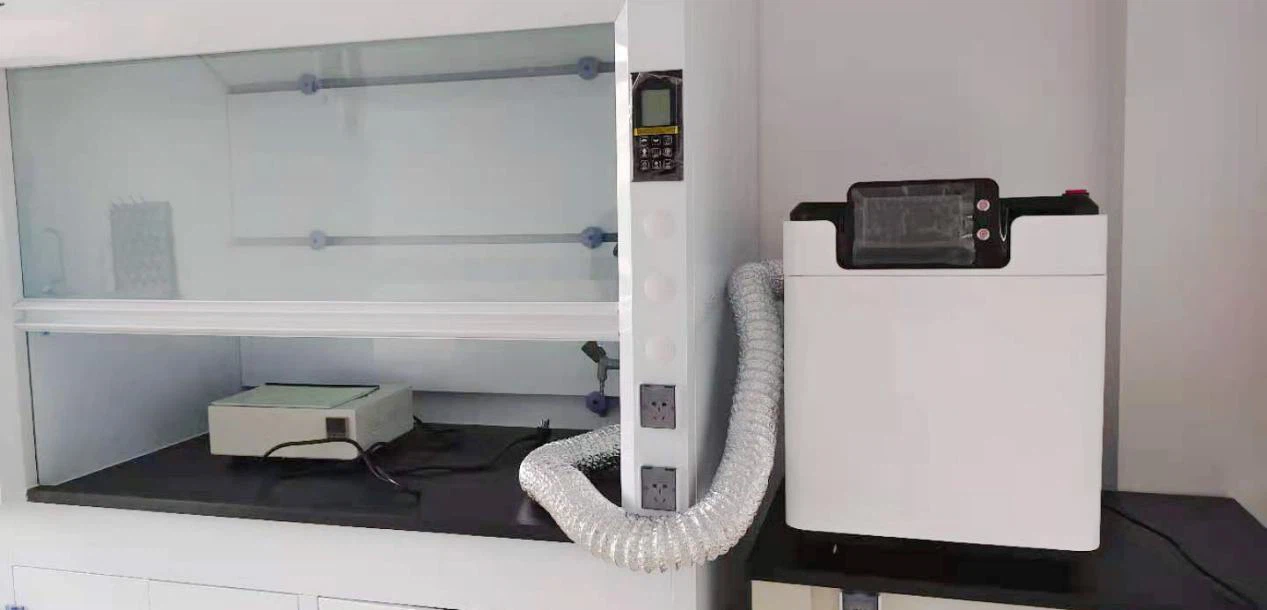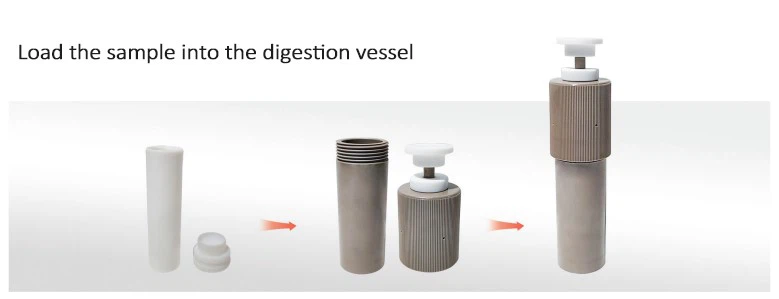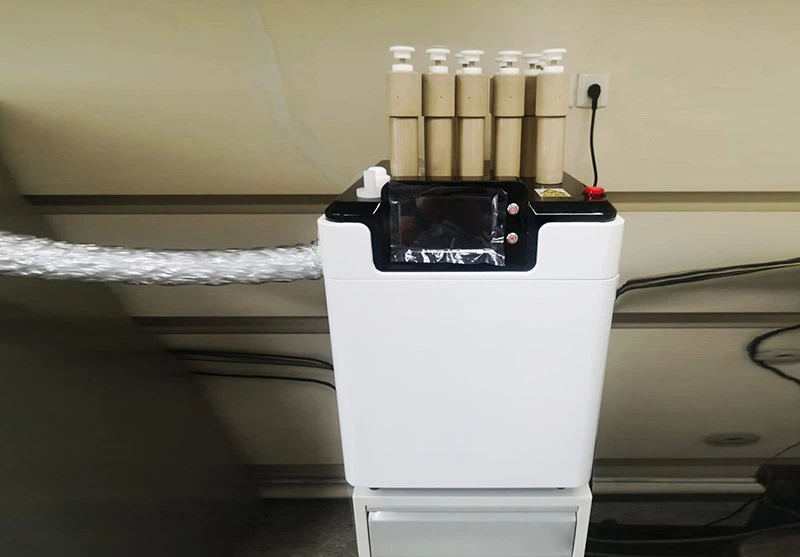Steel adding with other alloying elements called alloy steel. Additions of these alloying elements can improve the strength, toughness and wear resistance of steel. In order to better understand the performance of alloy steel and ensure that the composition of alloy steel meets the production standards, people will determine the elements in the alloy. With current requirements for measurement speed and accuracy, the detection method has also been significantly improved.
The purpose of determining alloying elements
Performance evaluation and optimization: The content of different elements directly affects the mechanical properties of alloy steel (such as strength, toughness, wear resistance, etc.), so through the determination of alloying elements, the material properties can be evaluated, so as to better optimize the product.
Product quality control: By determining the alloying elements, it can ensure that the composition of the alloy steel meets the quality standards and ensure the reliability and consistency of the product.

Product R&D and innovation: Analyzing the elemental composition can better determine the metal type, composition and source, so as to provide strong data support for subsequent product development and innovation.
Determination of the metal elements of alloy steels requires sample preparation to ensure accurate analytical results.
For alloy testing, it usually uses wet digestion or melt is often chosen. However, these traditional methods are often too complex, and take longer time which may affect inspection efficiency and production schedule. In order to improve the efficiency and accuracy of their analysis, many laboratories are considering more efficient methods such as microwave digestion.
Microwave digestion is a good choice because it provides a closed high-temperature and
high-pressure environment, which can quickly and uniformly heat the sample to react with the digestion solution to effectively decompose and release the elements for subsequent analysis for further experiments.
Welso today shares the steps to process alloy samples using microwave digestion technology, which is efficient and reliable.
The specific steps should vary depending on sample types, so below sharing is just for reference only. In practice, it may be necessary to make appropriate adjustments to the composition and properties of the alloy to ensure optimal digestion and analytical accuracy.
Experiment preparation
Sample : alloy steel

Digestion reagents: concentrated nitric acid, concentrated hydrochloric acid, hydrofluoric acid
Instrument : Welso WMD800 Microwave Digestion System
Experimental Procedure
●Weigh 0.2g (accuracy to 0.01g) of sample, put it in a 100mL PTFE digestion vessel, and add nitric acid (HNO₃), hydrochloric acid (HCL) and hydrofluoric acid (HF) in a ratio of 3:1:1.

●Wait until experiment reaction is over, and load into WMD microwave digestion system.
●Start microwave digestion system as shown in the table below.
Step | Temperature(℃) | Constant Temp Time(min) |
1 | 100 | 2 |
2 | 130 | 2 |
3 | 160 | 2 |
4 | 190 | 15 |
●After digestion, cool down to room temperature. Transfer digestion solution to 50mL volumetric flask and shaking, wait for analysis.
Digestion Solution
The samples digested by Welso WMD800 microwave become clear liquid, and the metal elements in the alloy were effectively released and dissolved in the digestion system during the process.
Comparison of data from microwave digestion and atmospheric pressure digestion
For the determination of macroelements in alloys, traditional sample preparation techniques generally use acid solubilization methods, including atmospheric pressure mixed acid digestion and microwave digestion. Aqua regia is typically used in atmospheric mixed acid digestions, but two aqua regia digestions are usually required to ensure complete digestion. There are some problems with this method: long digestion times, big volume of acids, and impurities in the acid that can lead to matrix and blank contamination. In addition, due to the use of open cooking, it is easy to cause cross-contamination, resulting in a high blank value, and the acid gas is very harmful to the inspectors and the environment.
In contrast, microwave digestion is a highly efficient sample dissolution technique. The sample is microwaved in a closed container and reacts with strong acids and oxidants at higher pressures and temperatures to digest the sample quickly and efficiently. The advantages of microwave digestion include short digestion time, low reagent dosage, and low blank value, which basically avoids sample contamination and elemental loss, thus ensuring the accuracy of the determination. In addition, microwave digestion can meet the determination of a variety of metal elements at one time, overcoming the shortcomings of conventional digestion that need to be processed separately, and also reducing labor intensity, so it is regarded as an ideal and mature sample digestion method.
In order to compare the effects of these two digestion methods, we used atmospheric pressure digestion and microwave digestion to prepare the samples and measure them. The results are shown in Table 2. Table 2 compares the acid dosage and digestion time of the two digestion methods. Although the measured values are within the allowable error range, microwave digestion is the best choice for processing alloy samples considering the work efficiency and environmental pollution.
Table2 Comparison of different pretreatment methods
Method | Acid Volume(mL) | Digestion Time(h) |
atmospheric pressure digestion | 30 | 6 |
Microwave Digestion | 6 | 1 |
In summary, Welso intelligent microwave digestion instrument not only improves the efficiency and accuracy of sample processing, but also effectively reduces the environmental pollution and cross-contamination problems existing in traditional methods. Microwave digestion technology is an ideal sample digestion solution in modern laboratories because of its fast, accurate, and reagent-saving advantages. Through this advanced technology, we are better able to meet the needs of alloy analysis and advance the research and application of materials science.

Offering superior performance and a user-friendly experience, Welso Microwave Digestion system is the ideal device to enhance laboratory productivity and analytical accuracy. We highly recommend this equipment to support your research and routine production.

+86 21 51096910

sales@welsobio.com
marketing@welsobio.com

1-1009, National Industrial Design Park, No. 599 Jianzhu Road, Binhu, Wuxi , Jiangsu, China, 214062

Head Office: No. 439 Jinglian Road, Minhang District, Shanghai,China, 201108